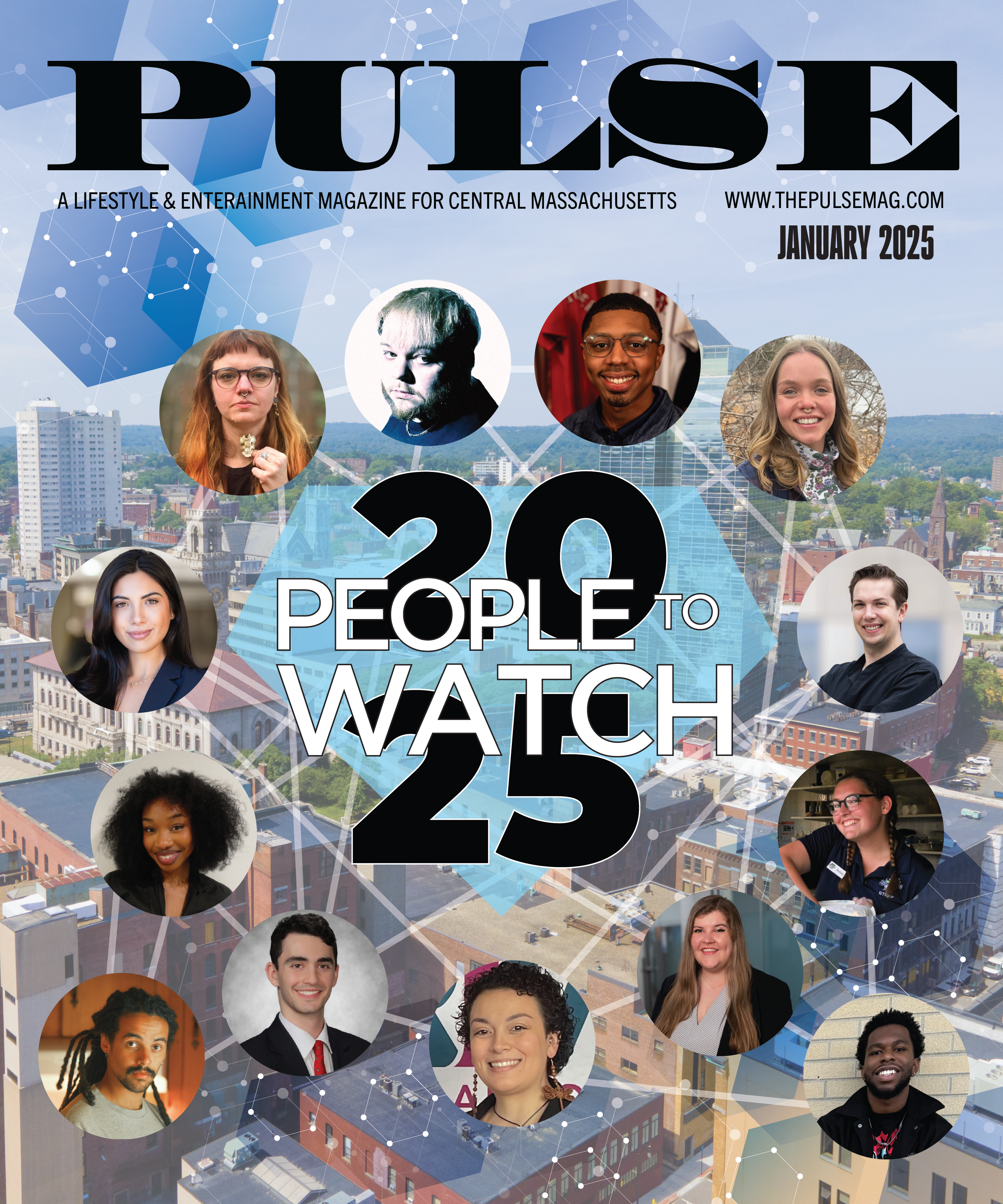Orthopaedic surgeons offer dance safety tips
By Leslie Roberts
 The plot of the Academy Award-nominated film Black Swan ventures well beyond ballet, but does not ignore the pressure and intensity of a performers’ dance regimen. The physical demands of ballet and other dance styles are intensive, which is why it is so important to practice proper positions and techniques, and adequate warm-ups and cool-downs before and after classes or performances. As part of the Prevent Injuries America!® campaign, the American Academy of Orthopaedic Surgeons (AAOS) and STOPSportsInjuries.org emphasize the importance of taking precautions to avoid dance injuries.
The plot of the Academy Award-nominated film Black Swan ventures well beyond ballet, but does not ignore the pressure and intensity of a performers’ dance regimen. The physical demands of ballet and other dance styles are intensive, which is why it is so important to practice proper positions and techniques, and adequate warm-ups and cool-downs before and after classes or performances. As part of the Prevent Injuries America!® campaign, the American Academy of Orthopaedic Surgeons (AAOS) and STOPSportsInjuries.org emphasize the importance of taking precautions to avoid dance injuries.
STATISTICS:
- The vast majority of injuries are the result of overuse rather than trauma. These injuries tend to occur at the foot/ankle/ lower leg, low back, and hip. The foot/ankle/lower leg area is vulnerable to a wide range of injuries, including stress fractures, tendon injuries, sprains, and strains.
- In 2009, nearly 160,000 people were treated in hospitals, doctors’ offices and emergency rooms for dance-related injuries, according to the U.S. Consumer Product Safety Commission.
- In a 2008 study, 204 ballet dancers were screened over a five-year period to identify injury patterns in elite pre-professional ballet dancers. The study found that 32% to 51% of the dancers were injured each year. Of those injured:
-
- 53 percent of injuries occurred in the foot/ankle;
- 21.6 percent of injuries occurred in the hip;
- 16.1 percent of injuries occurred in the knee;
- 9.4 percent of injuries in occurred in the back.
AAOS SAFETY TIPS:
- Wear properly fitting clothing and shoes. Wear a snug sweater and leggings in a cool studio until you warm up enough to shed those layers. Many types, styles and shapes of pointe shoes exist – be fitted by someone knowledgeable, and if part of the shoe digs into your foot, have it checked.
- Perform proper warm-up and cool-down. Ballet requires full range of motion that should not be forced with cold muscles and joints.
- Begin dancing in pointe shoes only after your feet are strong enough to hold solid half-toe (demi-pointe).
- Drink plenty of fluids and eat enough throughout the day to fuel your body’s energy needs. Insufficient calcium intake and under-eating can lead to suboptimal bone health and fractures. You need energy to heal from the day’s routine stresses, and to strengthen muscles, tendons, and bones.
- Be mindful of the limits of your body and do not push too far or too fast. Obtain turnout from your hips, not by twisting through the knee or rolling your foot over so the arch flattens.
- Pay close attention to correct technique and excellent body alignment. Knees should bend so they align with the middle toes. When standing for most barre work, shoulders and ribcage should not be forward of the pelvis, so your back does not arch excessively.
- Resist the temptation to dance through pain. Don’t mask pain by using medications or numb an area by using ice before dancing. If something hurts, seek help before symptoms become severe so that your time out of dance is limited as much as possible. Ask your doctor what you may do if full practice isn’t possible – such as floor barre, or marking a routine while you sit in a chair and move mainly your arms and head.
AAOS EXPERT ADVICE:
“When it comes to sports injuries, dance may not always come to mind, but the fact of the matter is that ballet is incredibly demanding on the body,” said Angela D. Smith, MD, orthopaedic surgeon and AAOS spokesperson. “Ballet dancers must have astonishing flexibility, incredible strength in often very slender bodies, and amazing quickness, jumping, and agility. For dancers, overuse injuries are common because they must practice and perform specific, difficult poses and movements that require this great strength and flexibility — over and over again. A careful warm-up that includes stretching and a gradual, progressive build-up to new skills or performance roles helps prevent overuse injuries. Rapidly increasing the amount of dancing or suddenly changing technique often causes problems.”







